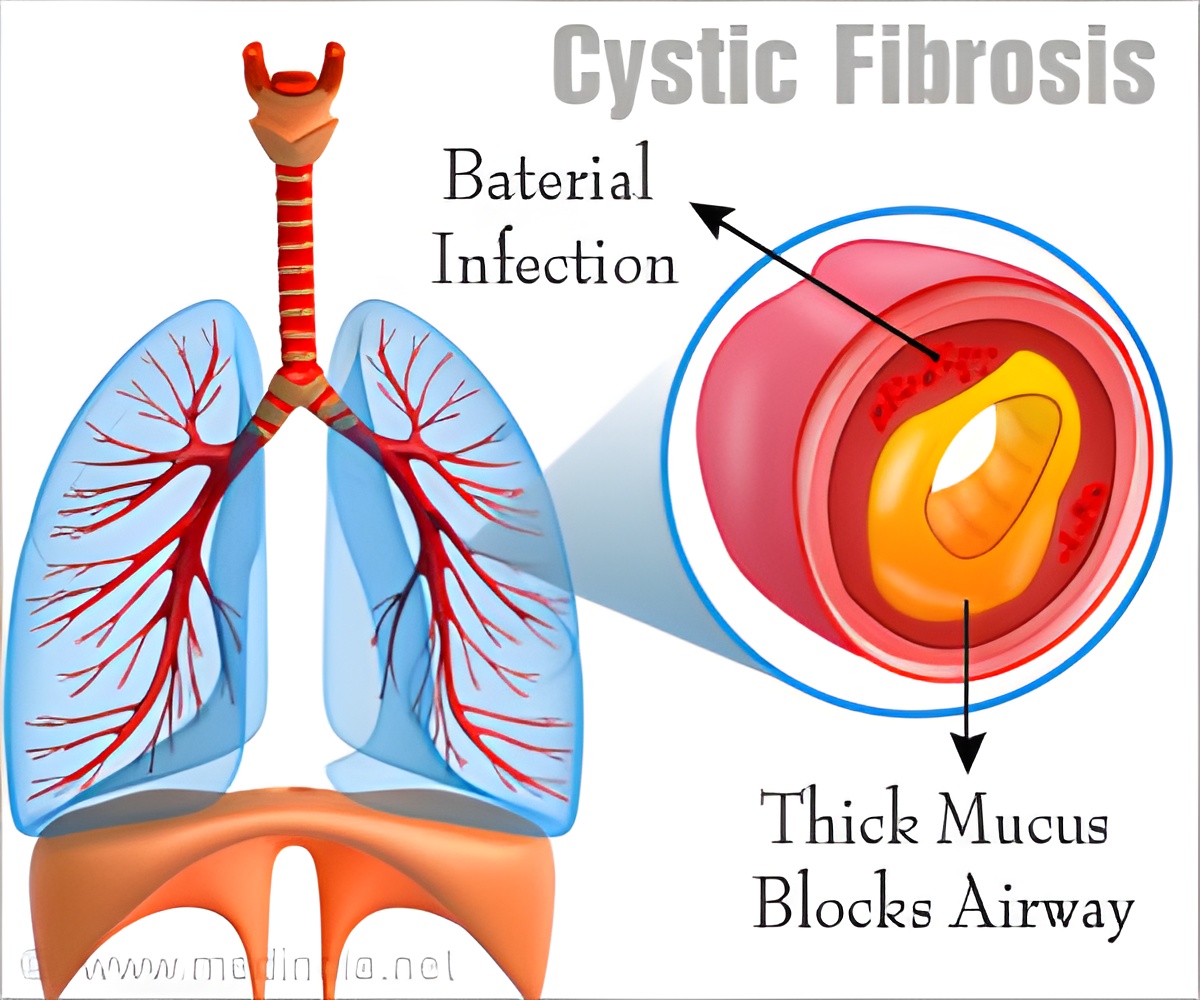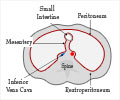
‘Different bacterial strains in the respiratory tract interfere with the treatment drugs and reduce the drug efficacy in cystic fibrosis.’
Tweet it Now
One of the difficulties encountered in cystic fibrosis research is the disease's variability from one patient to another. In fact, there are more than 2,000 possible gene mutations. Over the past decade, two prescription medications have been offered to eligible patients:
- Kalydeco for those with rare mutations (fewer than 4 percent of patients)
- Orkambi for the more frequent mutation (79 percent of patients).
Brochiero's team is trying to understand why. With the consent of patients, she collects nasal cells and also reuses the lungs removed from patients with cystic fibrosis at the time of transplantation. To study the disease and test therapeutic approaches, the scientists then manage to recreate airway epithelial tissue, via tissue engineering.
"Patients with cystic fibrosis present genetic defects that cause the abnormal production of a protein called CFTR in cells and an excess of mucus in organs," said Emmanuelle Brochiero.
Current drugs act to correct the defect in the CFTR protein. In a sterile in vitro environment, Kalydeco and Orkambi treatments work well. But in real life, the lungs of sick patients are colonized by bacteria, Pseudomonas aeruginosa in particular.
Advertisement
Some of these harmful particles are controlled by the bacterial quorum-sensing gene lasR. "During the disease, this bacterial gene mutates and the production of harmful products varies," said Émilie Maillé, a research assistant in Brochiero's laboratory and the study's lead author.
Advertisement
The research team then tested, in vitro, the effect of adding a quorum-sensing inhibitor from the furanone family. "We showed that this molecule, by reducing the bacterial production of harmful residues, maintains treatment efficacy in the cells of patients with cystic fibrosis," Brochiero said.
Other research has to be conducted to confirm the efficacy and safety of quorum-sensing inhibitors, which may eventually be offered as a supplement to the current (Kalydeco and Orkambi) treatments.
But this study has already opened a new personalized-medicine avenue to cystic fibrosis. "By using cells collected from patients, we think that it will be possible to test and predict the efficacy of treatments such as Kalydeco and Orkambi, on cells collected from the patient, in the presence of the bacteria taken from the same patient," concluded Brochiero.
"We'll also evaluate the ability of the treatments to repair damaged lung tissue. And lastly, we'll work on identifying the most effective molecules, such as bacterial quorum-sensing inhibitors, that can counteract the harmful effect of infections. The ultimate goal is to improve treatments for patients and, by doing so, extend their life."
Source-Eurekalert












